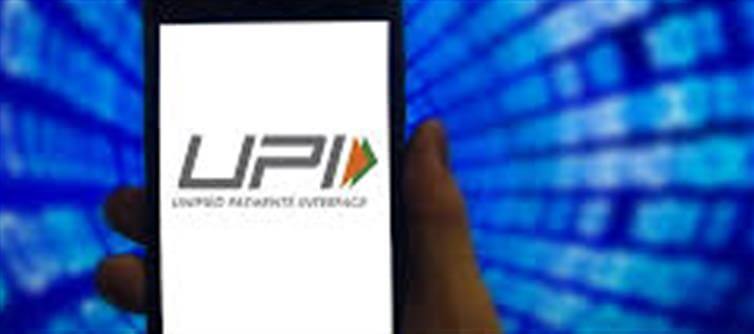
In a major move to enhance the security of digital payments in india, the National Payments Corporation of india (NPCI) has announced the discontinuation of the ‘collect request’ feature on the Unified Payments Interface (UPI) platform, effective from October 1, 2025. This step is aimed at tackling the rising instances of frauds and scams related to money requests over UPI.
What is the ‘Collect Request’ Feature?
The ‘collect request’ feature on UPI allows a user to request money from another person directly through the app. The recipient can then accept or reject this request. While convenient for certain transactions, it has also become a gateway for cybercriminals to trick users into unauthorized payments.
Why Was the ‘Collect Request’ Feature Problematic?
· Fraudulent Money Requests: Cybercriminals often send fake collect requests impersonating trusted contacts or businesses, tricking victims into authorizing payments.
· Social Engineering Attacks: Fraudsters use persuasive messages linked to collect requests to exploit victims’ trust or create a sense of urgency.
· Difficult Verification: Users sometimes struggle to verify the authenticity of money requests, leading to unauthorized debits.
· Increasing UPI Frauds: With UPI’s rapid adoption, scams involving money requests surged, prompting the need for stronger preventive measures.
What Does Discontinuing ‘Collect Request’ Mean?
Starting october 1, 2025:
· The option to send a ‘collect request’ will no longer be available on UPI apps.
· Users will not be able to request money via the platform and will need to rely on other methods for receiving payments.
· This action is a preventive measure to eliminate one of the most exploited features by fraudsters.
How Will This Improve UPI Payment Security?
· Reduced Fraud Opportunities: Removing the collect request feature cuts off a common channel used by scammers.
· Better Control for Users: Users won’t receive unsolicited payment requests, reducing the risk of falling prey to phishing or social engineering.
· Increased Trust in UPI: Strengthening security protocols will boost confidence among users, encouraging wider adoption of wallet PLATFORM' target='_blank' title='digital-Latest Updates, Photos, Videos are a click away, CLICK NOW'>digital payments.
· Focus on Safer Payment Methods: Emphasis will shift toward more secure payment flows where payers initiate the transaction, lowering chances of fraud.
Alternative Ways to Request Money Post october 1
· Users can share their UPI ID or QR codes directly for others to initiate payments.
· Businesses and individuals can adopt invoices or payment links that provide clarity and authentication.
· bank apps and payment platforms may introduce new secure features to facilitate money requests without compromising security.
What Should Users Do?
· Be extra cautious of any unsolicited money requests or payment demands via SMS, WhatsApp, or calls.
· Always verify the identity of the payer or payee before completing any transaction.
· Regularly update UPI apps to get the latest security features.
· Report suspicious transactions or fraud attempts immediately to their bank or NPCI.
Conclusion
The NPCI’s decision to discontinue the collect request feature on UPI is a bold and necessary step in the fight against wallet PLATFORM' target='_blank' title='digital-Latest Updates, Photos, Videos are a click away, CLICK NOW'>digital payment fraud. As UPI continues to revolutionize India’s payment landscape, ensuring its security and reliability is paramount. This move will protect millions of users from cybercriminal tactics and foster a safer wallet PLATFORM' target='_blank' title='digital-Latest Updates, Photos, Videos are a click away, CLICK NOW'>digital economy.
Disclaimer:
The views and opinions expressed in this article are those of the author and do not necessarily reflect the official policy or position of any agency, organization, employer, or company. All information provided is for general informational purposes only. While every effort has been made to ensure accuracy, we make no representations or warranties of any kind, express or implied, about the completeness, reliability, or suitability of the information contained herein. Readers are advised to verify facts and seek professional advice where necessary. Any reliance placed on such information is strictly at the reader’s own risk..jpg)




 click and follow Indiaherald WhatsApp channel
click and follow Indiaherald WhatsApp channel